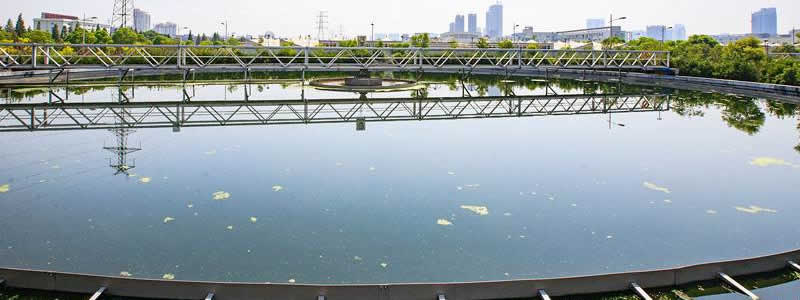
Adsorption bridging effect of Polyaluminum chloride
The working principle of polyaluminum chloride is mainly to destabilize the edema fine suspended particles and colloidal ions, aggregate, flocculate, coagulate, etc. Precipitation, to achieve the purification treatment effect. Today I will talk to you about the adsorption bridging effect of polyaluminum chloride.
The adsorption bridging mechanism of polyaluminum chloride mainly refers to the adsorption and bridging of polymer substances and colloidal particles. It can also be understood that two large rubber particles of the same size are connected together due to a different size rubber particle.
Polymer flocculants have a linear structure. They have chemical groups that can interact with certain parts of the surface of the colloidal particles. When the high polymer is in contact with the colloidal particles, the groups can react specifically with the surface of the colloidal particles to adsorb each other. The rest of the polymer molecule stretches out in the solution and can be adsorbed to another colloidal particle with vacancies on the surface, so that the polymer acts as a bridging connection.
If there are few rubber particles, the stretched part of the polymer mentioned above will not adhere to the rubber particles. Sooner or later, the stretched part will be adsorbed on other parts by the original rubber particles. This polymer will not be able to bridge the role, and the rubber particles will be stable again. state.
When the dosage of polymer flocculant is too large, the surface of the colloidal particles will be saturated and stabilized. If the colloidal particles that have been bridged and flocculated are subjected to vigorous and prolonged agitation, the bridged polymer may separate from the surface of another colloidal particle and rewind to the original surface of the colloidal particle, resulting in a stable state.
The adsorption of polymers on the surface of colloidal particles comes from various physical and chemical effects, such as van der Waals attraction, electrostatic attraction, hydrogen bonds, coordination bonds, etc., depending on the characteristics of the chemical structure of the polymer and the surface of the colloidal particles. This mechanism can explain the phenomenon that non-ionic or ionic polymer flocculants with the same charge can achieve good flocculation effects.
For more details and technical informations on specific chemicals you are interested in...
Contact us to serve you today!
 Previous
Previous  Next
Next Get answers and advice from people you want it from.